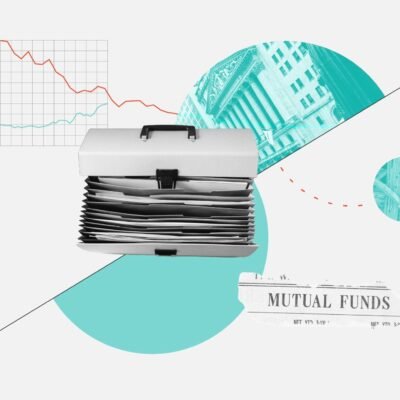Indian equity investors faced a volatile market fortnight that resonated both in global and domestic markets. The minor fizzle in the midst of a strong equity run may have jolted investors into rethinking their portfolio. Investors looking to diversify their MF portfolio while retaining equity exposure can consider aggressive hybrid funds.
Aggressive hybrid funds invest predominantly in equities in a range of 65-80 per cent and 20-35 per cent in debt instruments. The fixed income part is to shield from equity downturn apart from fixed income style returns, and equity segment for growth exposure.
The case for aggressive hybrid funds is currently convincing. The bond yields have corrected from peaks, but this is in anticipation of rate cut cycle to begin. The price gains in bonds, especially long-dated bonds on rate cuts, despite nominal change in yields, can benefit the bond portfolio. The equity outlook, though remaining tentatively positive, does carry several pockets of over-valuation which needs time-correction to return to growth. Shifting the equity gains of the last four years to a hybrid portfolio can be considered for a small portion of investor allocation at the current juncture.
Aggressive hybrid universe
The sector has 30 funds with more than three years of operations, making for a wide menu to choose from. We have used Crisil Index (CRISIL Hybrid 35+65 – Aggressive Index) as the benchmark over a three-year rolling return to filter the best performers.
Only seven funds have beaten the index daily (on three-year CAGR returns) more than two-thirds of the time. Of the seven, three have more than a decade of operations behind them – ICICI Pru Equity and Debt, Canara Robeco Equity Hybrid, Sundaram Aggressive and Quant Absolute Fund. Mahindra Manulife and Union Aggressive also have consistently beaten the index, but on a shorter operational period. Outperformance in the segment seems to be a high threshold, with several funds even with long life failing to beat the index consistently.

ICICI Pru Equity and Debt
Aggressive hybrid fund from ICICI Pru is a seasoned scheme, with good track record and has beaten the index 81 per cent of the time since its inception. The fund has even outperformed BSE-500 index 85 per cent of the days since its inception. The rest of the funds have beaten BSE-500 only 32 per cent in average with a highest of 72 per cent for Quant Absolute Fund. The comparison to BSE-500 is on an uneven keel favoring the equity index, but despite this the outperformance of the fund is noteworthy. The fund has an average 3-year CAGR of 16.8 per cent since opening compared to 12.7 per cent for the index and 13.3 for BSE-500. The fund delivered better returns with a significantly lower risk profile that includes around 20 per cent fixed income portfolio.
The fund has a mixed performance in critical periods. Firstly in Feb-20 to July-20 when BSE-500 returned -10 per cent, the fund has beaten the BSE-500 index only 70 per cent of the time while the Crisil index has beaten the equity index 100 per cent of the time. This indicates that while Aggressive hybrid funds can deliver in an equity downturn, the fund had a nominal record. But from Oct-21 to March-23 when BSE-500 returns were flat, the fund beat the index 95 per cent of the time compared to Crisil index which did not outperform in that period. This underlines the utility of aggressive hybrids in equity downturns and specifically ICICI Pru Equity and Debt fund.
Asset allocation
The fund currently has an asset allocation of 68:19:13 in equity:debt:cash. The cash component consists of treasury repurchase agreements to maintain liquidity. It is important to note that the cash component is higher than last two year average of 10 per cent.
The fund’s equity portfolio is well diversified with 48 per cent (of overall) in the top ten holdings as on July-2024 and with large cap focus. Close to 60 per cent of the overall is in large caps and 4-5 per cent are in mid and small caps.
The equity portfolio is led by banking stocks with 15 per cent allocation which is 200 bps higher than in July-2022. NTPC has the highest allocation at 7.4 per cent and has been high in the last two years. The funds bet on power growth of India has paid off and is expected to continue. The funds allocation to automobiles has grown from 2.3 per cent to more than 7 per cent now which is a mix of 4W and 2W.
The fund has built a debt portfolio with a mix of government and corporate credit, making for a higher than expected risk profile. Government and treasury securities account for half of the debt portfolio. The corporate issuances though are entirely investment grade and above, but will be of shorter duration (lower price gains on rate cuts) compared to government bonds.






